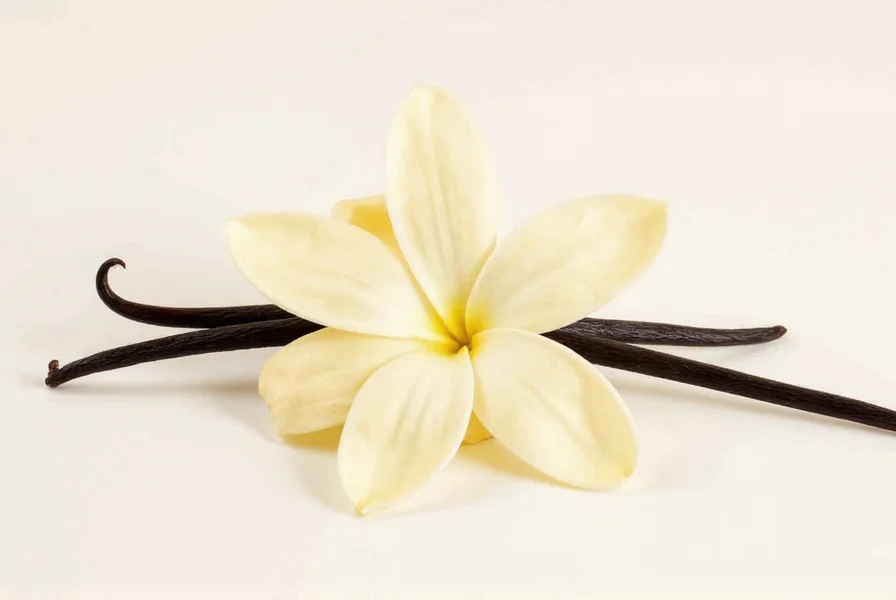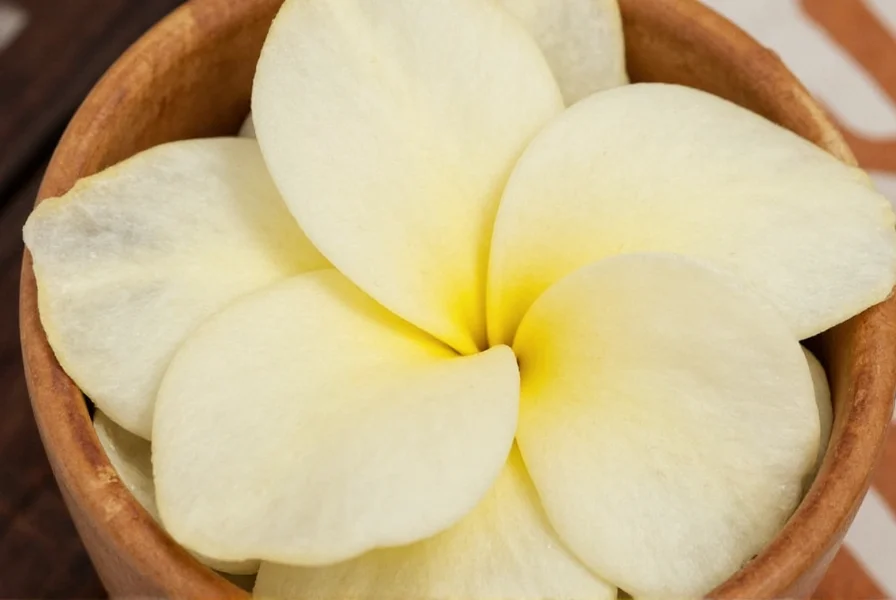Understanding why vanilla is so expensive requires examining the complex agricultural, economic, and environmental factors that shape this delicate spice's journey from flower to flavoring. While many consumers wonder why is pure vanilla extract so expensive, the reality involves a perfect storm of biological constraints and market forces that drive vanilla prices significantly higher than other common spices.
The Biological Challenges of Vanilla Cultivation
Vanilla comes from the Vanilla planifolia orchid, the only orchid species that produces an edible fruit. Unlike most commercial crops, vanilla orchids have specific biological requirements that limit where they can grow successfully:
- They thrive only in tropical climates between 15-20° north and south of the equator
- Require precise humidity levels (80-90%) and temperatures (21-32°C)
- Need partial shade and specific companion plants for support
- Take 2-3 years to mature before producing flowers
These constraints restrict commercial vanilla production to just a few regions globally, with Madagascar supplying approximately 80% of the world's natural vanilla. This geographic concentration creates significant supply chain vulnerability—when cyclones hit Madagascar in 2017, global vanilla prices immediately spiked by over 300%.

Labor-Intensive Production Process
The most significant factor behind vanilla bean price per pound is the extraordinary amount of manual labor required at every stage of production:
| Production Stage | Time Required | Labor Intensity |
|---|---|---|
| Flower pollination | 1-2 hours per vine daily during flowering season | 100% hand-pollinated (no natural pollinators outside Mexico) |
| Growing period | 9 months from pollination to harvest | Daily monitoring for optimal harvest timing |
| Curing process | 6-9 months of careful processing | Multiple daily handling steps: blanching, sweating, drying, conditioning |
| Sorting and grading | After curing completion | Expert evaluation of moisture content, length, appearance |
Each vanilla pod represents approximately 2,000 hours of labor per kilogram of finished product. This intensive process explains why the reasons behind high vanilla costs center primarily on human effort rather than raw material costs. A skilled worker can pollinate only 1,000-1,500 flowers per day, and each vine produces just 50-100 beans annually.
Market Dynamics and Price Volatility
Vanilla markets experience extreme price fluctuations that further complicate factors affecting vanilla market price. Historical data reveals dramatic swings:
- 2003: $50 per kilogram
- 2004: $500 per kilogram (after cyclones in Madagascar)
- 2018: $600+ per kilogram (record high)
- 2023: $200-300 per kilogram (current range)
This volatility stems from several interconnected issues:
- Supply constraints: It takes three years from planting to first harvest, preventing quick supply responses to demand increases
- Speculation: Traders stockpile beans during low-price periods, creating artificial shortages
- Theft: High-value beans are frequently stolen from farms (up to 20% of crop in some regions)
- Quality differentiation: Premium Grade A beans cost 3-4x more than commercial Grade B
The food industry's growing preference for natural ingredients has dramatically increased demand for real vanilla, while the production capacity remains constrained by biological and labor limitations. This imbalance between vanilla production process challenges and market demand creates persistent upward pressure on prices.
Natural vs. Artificial Vanilla Economics
Understanding why is vanilla the second most expensive spice requires comparing natural vanilla to its primary alternative, synthetic vanillin:
| Characteristic | Natural Vanilla | Synthetic Vanillin |
|---|---|---|
| Source | Vanilla orchid pods | Wood pulp (lignin) or petrochemicals |
| Production time | 3+ years from planting to finished product | Days in chemical processing |
| Global production | ~2,000 metric tons annually | ~20,000 metric tons annually |
| Price per kilogram | $200-600 | $15-20 |
| Flavor complexity | 250+ aromatic compounds | Single compound (vanillin) |
Despite the significant price difference, premium food manufacturers continue using natural vanilla because vanilla's unique flavor profile cannot be fully replicated by synthetic alternatives. The complex interplay of hundreds of aromatic compounds in real vanilla creates a depth of flavor that artificial vanillin cannot match—a critical factor for high-end chocolate, ice cream, and bakery products.

Future Outlook for Vanilla Prices
Industry experts predict continued price pressure for natural vanilla due to several persistent factors:
- Climate change increasing frequency of destructive cyclones in Madagascar
- Rising labor costs in producing regions
- Continued strong demand from the natural food movement
- Limited expansion of growing regions due to biological constraints
While researchers work on developing more resilient vanilla varieties and alternative pollination methods, the fundamental biological constraints of vanilla production suggest that vanilla will remain expensive for the foreseeable future. Consumers seeking to manage costs can look for products using Madagascar Bourbon vanilla (most common and slightly less expensive than Tahitian or Mexican varieties) or consider proper storage techniques to extend the shelf life of vanilla products.
Why is vanilla more expensive than other spices?
Vanilla requires extremely labor-intensive cultivation with hand-pollination, takes 3 years to mature, and has limited growing regions primarily in Madagascar. The curing process takes 6-9 months of careful handling. These factors combine to make vanilla the second most expensive spice after saffron, with production requiring approximately 2,000 hours of labor per kilogram.
How much does real vanilla cost compared to artificial vanilla?
Pure vanilla beans typically cost $200-600 per kilogram depending on quality and market conditions, while synthetic vanillin costs only $15-20 per kilogram. This 10-40x price difference reflects the complex biological production process of natural vanilla versus the chemical synthesis of artificial vanillin from wood pulp or petrochemicals.
Why did vanilla prices spike to $600 per kilogram in 2018?
The 2018 price spike resulted from multiple factors: cyclones destroying crops in Madagascar (which produces 80% of the world's vanilla), increased global demand for natural ingredients, speculative stockpiling by traders, and theft of mature beans from farms. These supply constraints combined with strong market demand created a perfect storm that drove prices to record levels.
Can vanilla be grown in other regions to reduce costs?
Vanilla orchids have very specific climate requirements (tropical, 80-90% humidity, 21-32°C temperatures) that limit commercial production to just a few regions globally. While small-scale cultivation occurs in other tropical areas, Madagascar's unique microclimate produces the highest quality beans. Researchers are working on developing more resilient varieties, but biological constraints will likely keep vanilla production geographically limited for the foreseeable future.
Is the high cost of vanilla justified by its flavor?
Yes, natural vanilla contains over 250 aromatic compounds that create a complex flavor profile impossible to replicate with synthetic vanillin (which contains just one compound). Premium food manufacturers continue using natural vanilla despite the cost because consumers can detect the difference in products like chocolate, ice cream, and baked goods. The depth and warmth of real vanilla flavor justifies its premium price in high-quality applications.










 浙公网安备
33010002000092号
浙公网安备
33010002000092号 浙B2-20120091-4
浙B2-20120091-4